“ Medical robots are a part of the future for the entire industry!”
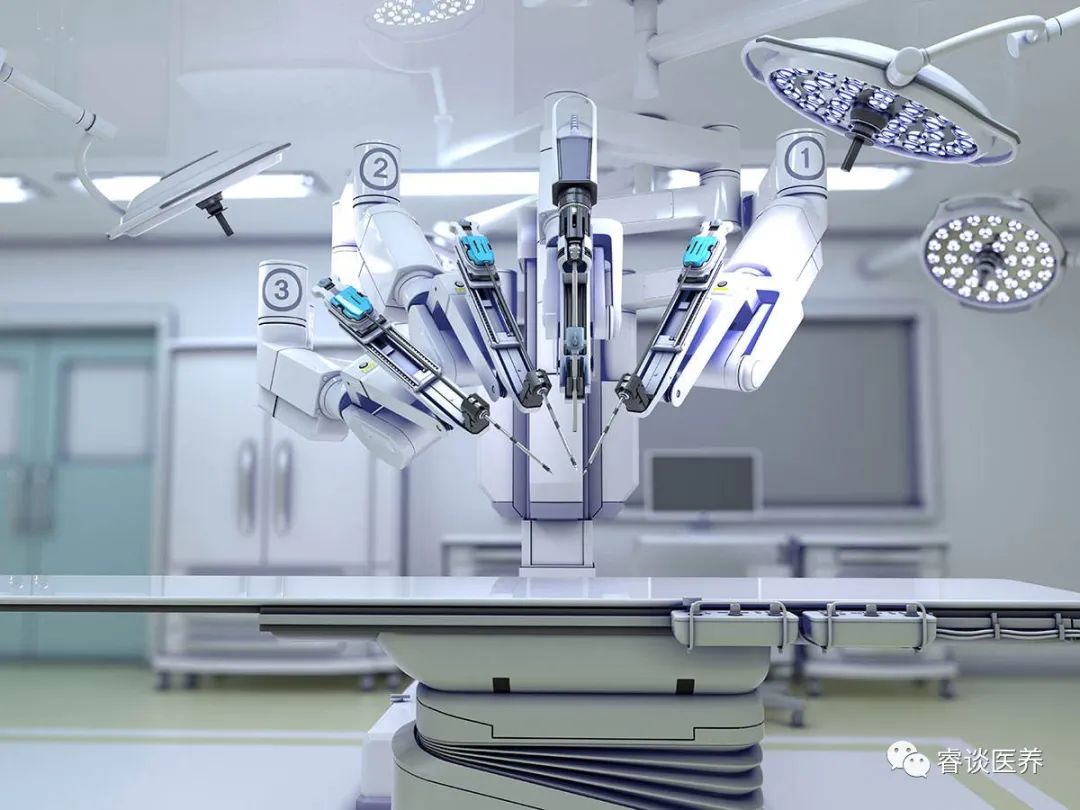
Robots are widely used today, including in construction, manufacturing, and military operations. However, their application in medicine is relatively new. The medical field is constantly evolving, with new technologies and techniques being introduced every day. In recent years, the use of robots in surgery has become common due to the benefits they provide to both patients and doctors. Here we will analyze the pros and cons for the entire industry.
01
—
Details (Part One)
Robots are changing the way we perform routine surgeries, such as laparoscopic surgery, which takes less time than traditional open abdominal surgery. Because they can move autonomously without operator assistance, they provide greater precision for operating on small structures inside the body (such as endoscopes). This means that surgeons can focus on treating their patients rather than worrying about how to operate correctly—resulting in better outcomes for everyone!
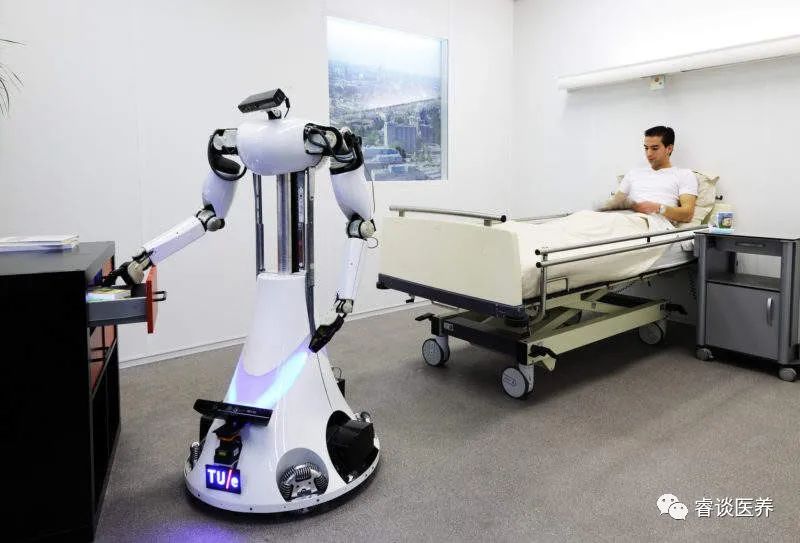
The invention of medical robots is primarily intended to assist surgeons during surgical procedures and provide help to patients recovering from illness or accidents. Most people spend their free time at home or in educational institutions, where these machines can be used for basic activities such as cleaning floors or windows (i.e., after work).
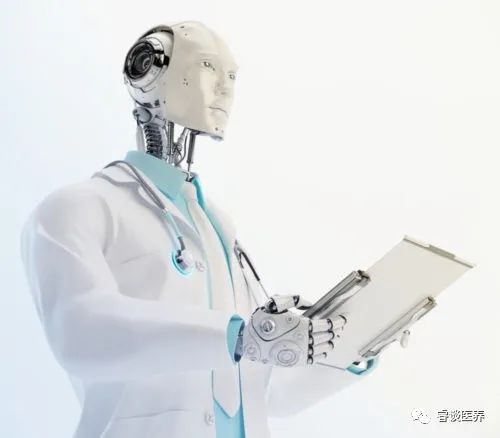
Medical robot regulations: There are currently many different types of medical robots on the market, from independently mobile autonomous systems to more traditional robotic devices controlled remotely by operators. Regardless of the type of robot used, it is important that it complies with strict regulatory standards to be safely used in clinics and hospitals around the world. In the United States, the process of regulating medical robots is quite straightforward and simple. Once your device is approved by the FDA (Food and Drug Administration), it will need to be registered with the NIST (National Institute of Standards and Technology). Once the registration process is complete, you will need to submit an application to NIST for approval of your specific model of robot. We will write a separate article specifically for compliance with EU MDR requirements.
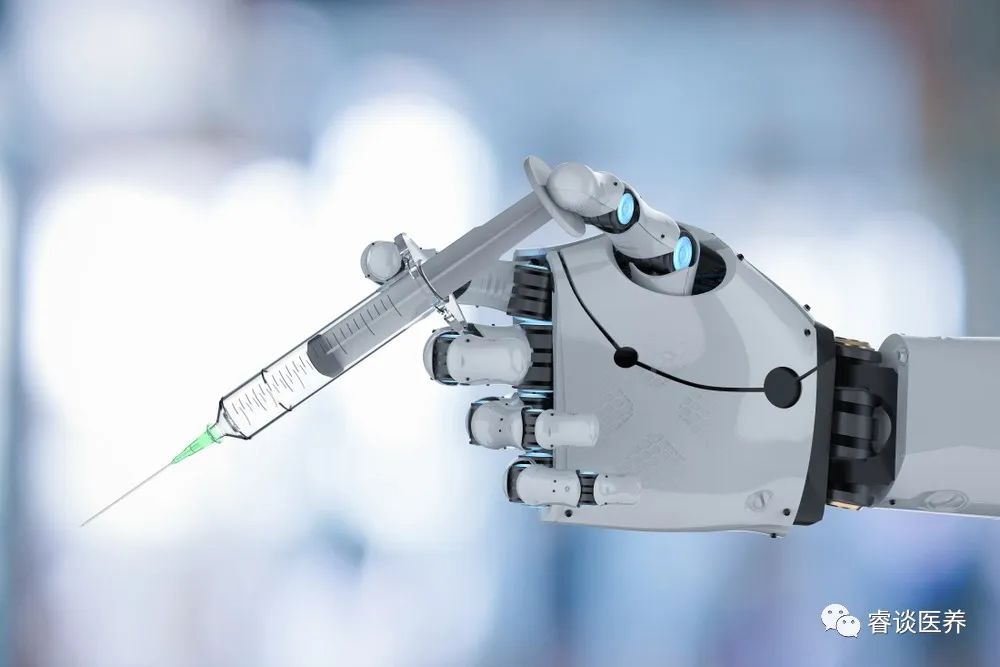
The current common medical and healthcare robotic technologies have far surpassed the rudimentary beginnings over 30 years ago in operating rooms. Today, robots can assist in many medical fields, including: surgical robots/robot-assisted surgery, radiation therapy robots, rehabilitation robots, laboratory robots, robotic prosthetics, hospital service assistant robots, and social robots.
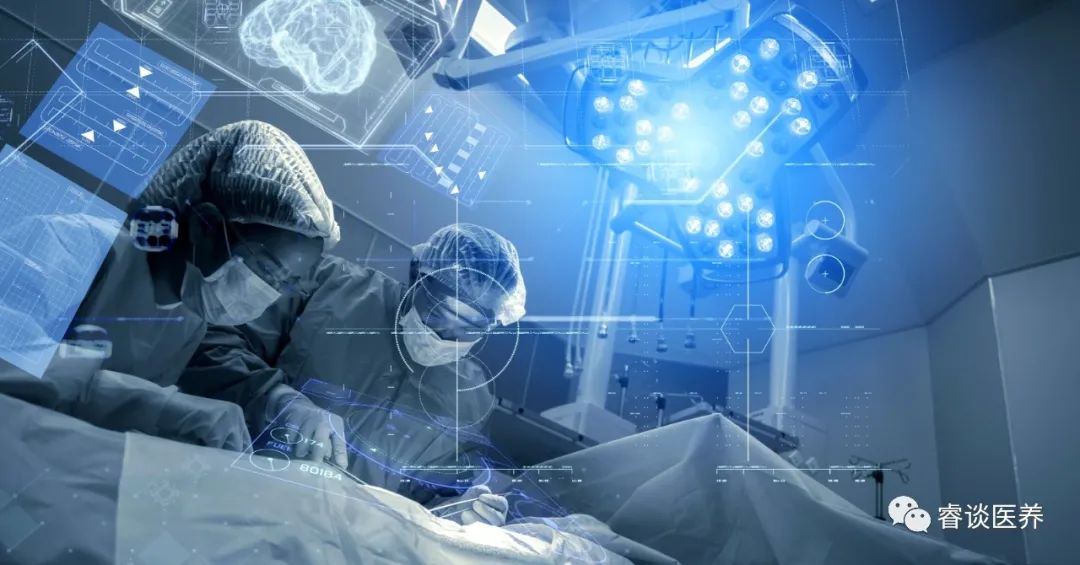
02
—
Details (Part Two)
The benefits of robots in medical services include: using robotic technology in healthcare can achieve high levels of patient care, efficient processes in clinical environments, and provide a safe environment for patients and healthcare workers; achieving high-quality patient care, medical robots can assist in minimally invasive surgeries, personalized and frequent monitoring for chronic disease patients, smart therapies, and social participation for the elderly. Additionally, by reducing workload, nurses and other caregivers can provide more empathy and interpersonal interaction for patients, promoting long-term health; streamlining clinical workflows, autonomous mobile robots (AMRs) reduce the physical demands on human workers while ensuring more consistent processes. These robots can help address personnel shortages and challenges by tracking inventory and timely ordering to ensure supplies, equipment, and medications are available where needed. Disinfecting and cleaning AMRs can quickly disinfect wards and prepare them for new patients, allowing staff to focus on patient-centered, value-driven work; making the work environment safer, antibiotic-resistant drugs are used to transport supplies and linens in hospitals with pathogen exposure risks to help ensure the safety of healthcare workers. Cleaning and disinfecting robots help reduce hospital-acquired infections (HAIs) while limiting pathogen exposure, and hundreds of healthcare facilities are already using them. AMR social robots also assist in handling heavy objects, such as moving beds or patients, reducing physical strain on healthcare workers.
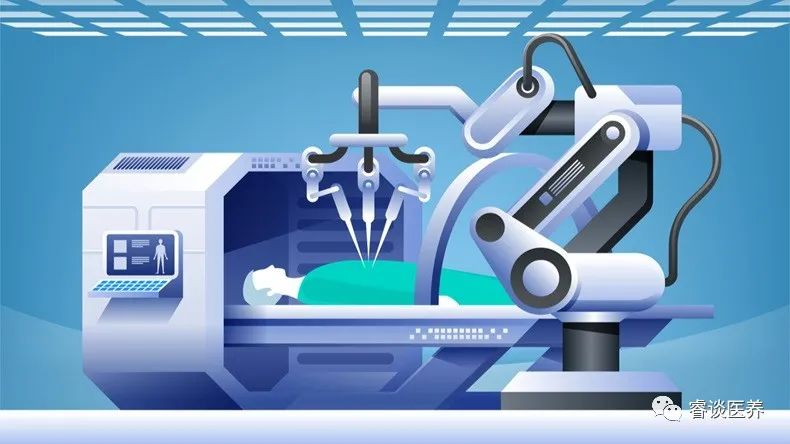
What are the advantages of medical robots? In healthcare institutions, robots are used in various environments. They have an indirect or direct impact on patients’ lives. They even care for the elderly and disabled, conversing with them to alleviate their pain or boredom. In addition, medical robots have many advantages. The main advantage of medical robots is that surgeries performed with the help of robots are smoother and error-free. The success rate of surgeries is also higher. Furthermore, robots can work precisely within the time and work parameters assigned to them, which is another key advantage of medical robots. By minimizing human contact with patients, medical robots significantly reduce the risk of hospital infections. Due to their precise and automated movements, medical robots can perform surgeries with minimal invasiveness, thereby lowering the likelihood of infection transmission. Other benefits of medical robots include appropriate monitoring services for patients, perfect performance, no wasted time, and more.
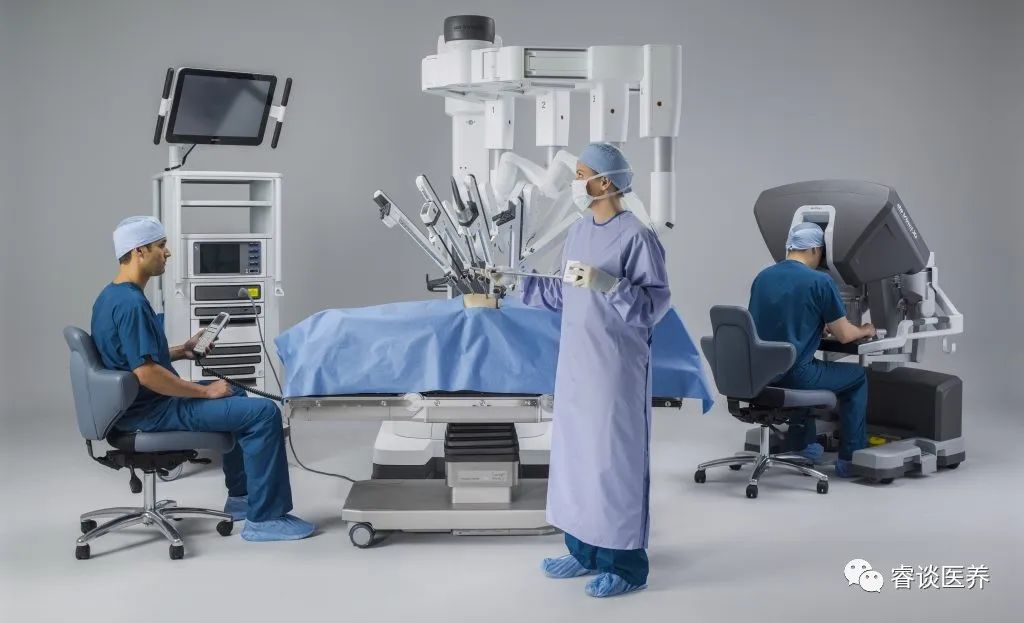
What are the disadvantages of medical robots? Everything has two sides. Although employing robots in healthcare has countless benefits, there is also the potential for errors and failures. These advanced robots always carry some risk of human error or mechanical failure. A mechanical failure can take a life. In the case of surgical robots, the small risks of infection and bleeding cannot be ignored. There are many disadvantages to robots in healthcare.
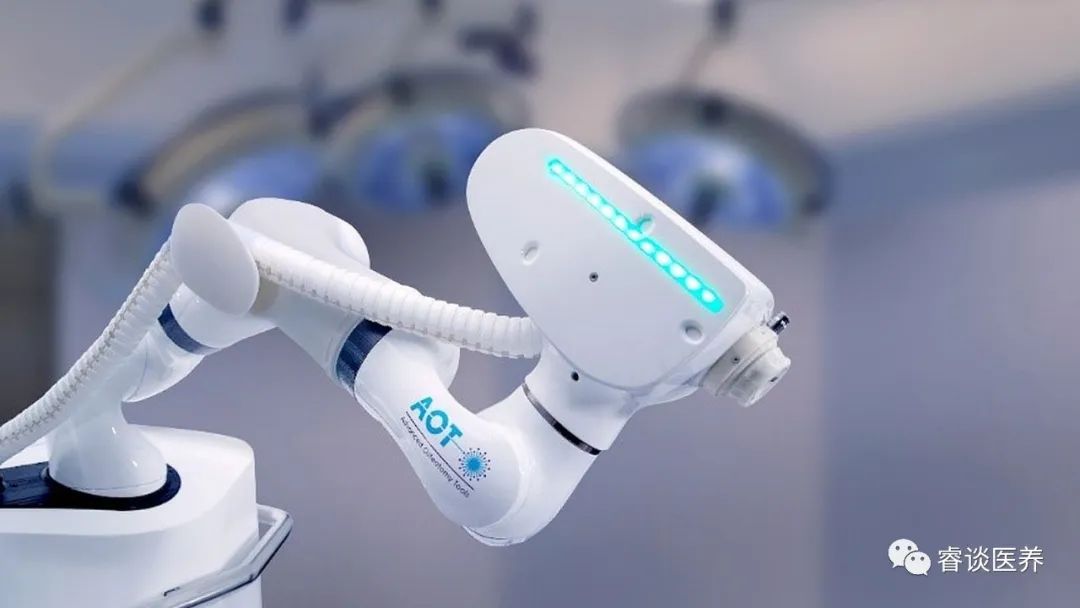
The main disadvantage of medical robots is cost. The use of surgical robots is limited to developed countries, research centers, and advanced hospitals. Similar to patients, in some cases, they cannot afford robotic surgery. Additionally, healthcare providers need to invest significant amounts of money and time in training staff to operate the robots; furthermore, their lifetime maintenance costs are another problematic factor. Another disadvantage of robots in healthcare is that they may replace humans, leading to unemployment.
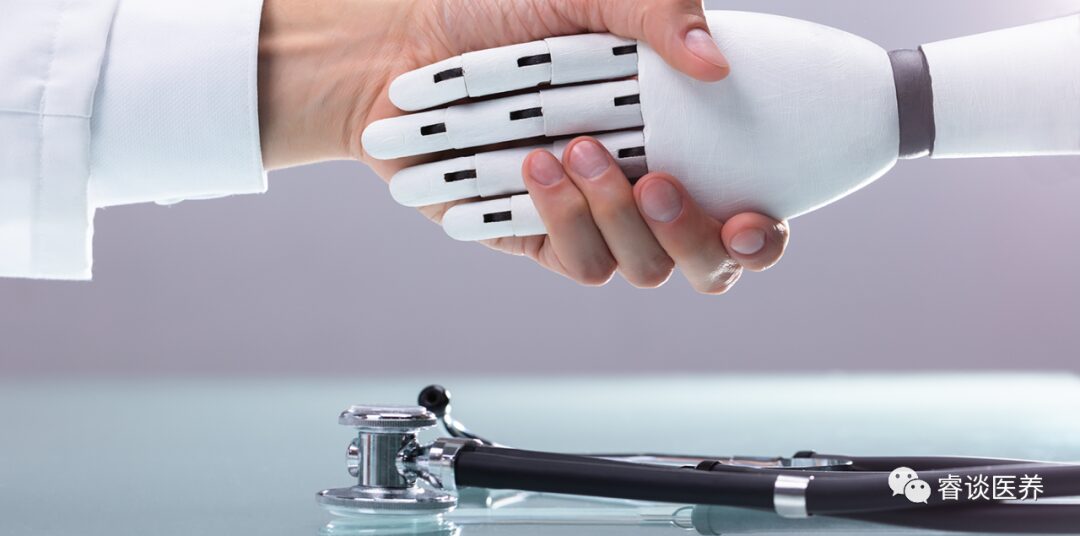
So what does the future hold for robots and healthcare? With advancements in machine learning, data analysis, computer vision, and other technologies, medical robots will continue to evolve. Various types of robots will continue to evolve to perform tasks autonomously, efficiently, and accurately. Intel is collaborating with technology providers and researchers to explore next-generation robotic solutions. For example, Intel China Labs is working with the Suzhou Collaborative Innovation Medical Robot Research Institute to establish a medical robot incubator for startups. Intel is assisting in discovering new applications of artificial intelligence and IoT technology in the field of medical robots by providing technological and research support. These contributions help fund ongoing innovations to enhance automation, improve efficiency, and address some of the most pressing healthcare issues.